I checked a lot of others resources before asking but I didn't find anything for me.
I'm sorry if my question is stupid or too simple but I tried to learn MDX from today for an exam.
I have a cube with sales and products.
I try to find the number of distinct products orderd each year.
WITH MEMBER [produitDistinct] AS
DISTINCTCOUNT([Produits].[Marque - Nom - Variante].members)
SELECT [produitDistinct] ON COLUMNS,
[Date commande].[Année - Mois - Jour].[Année].MEMBERS ON ROWS
FROM [Cube ventes];
In English, would be something like
WITH MEMBER [productDistinct] AS
DISTINCTCOUNT([Products].[Brand - Name - Variant].members)
SELECT [productDistinct] ON COLUMNS,
[Date order].[Year - Month - Day].[Year].MEMBERS ON ROWS
FROM [sales cube];
Unfortunately, the result is similar (and wrong!) For each year. I get 20537 for each year (correct answer is supposed to be 18'255)
Do you have any idea of what could be wrong?
